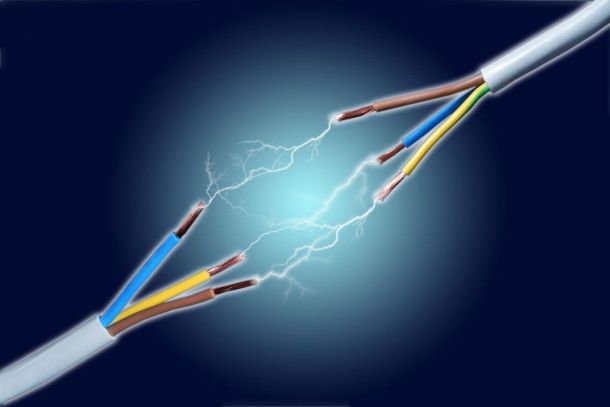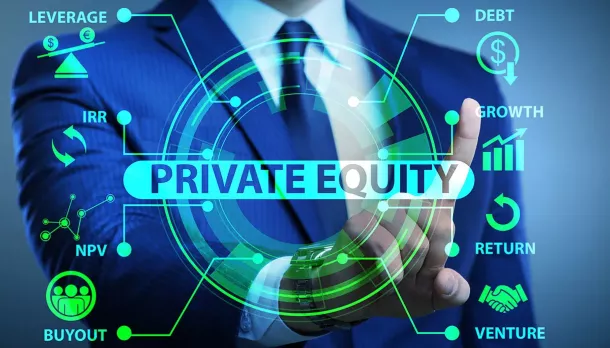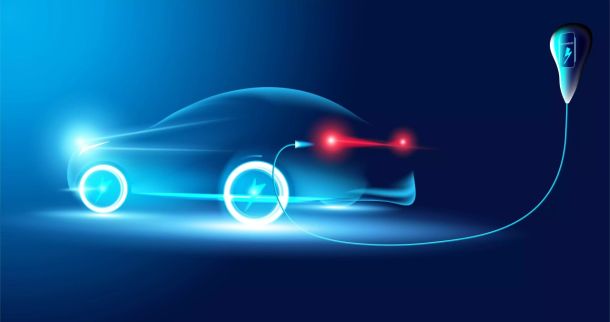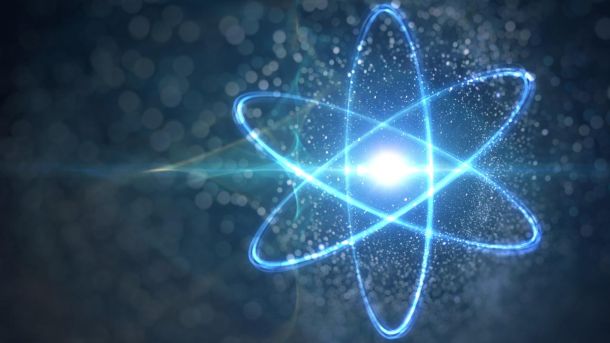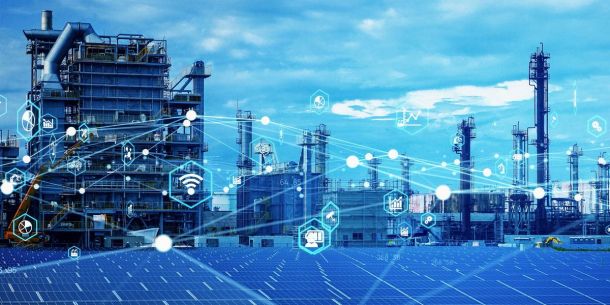INCONCRETO NEWS
Digital Solutions at the Service of the Energy Sector: Opportunities and Challenges
Today, more than ever, digital transformation is vital in all industrial fields. Digitalization serves as a means to achieve greater efficiency and sustainability in industrial processes. Furthermore, the effective implementation of cutting-edge technologies can facilitate decarbonization, helping to limit the impact of climate change, while also moderating high energy costs and better responding to increasing demand, especially in times of international conflict.
Such ambition is affirmed in the 2022 US Inflation Reduction Act, which designates USD369 billion in subsidies for companies who invest in and develop net zero and low-carbon intensity technologies. Similarly, the EU has conceived the Green Deal Industrial Plan for the Net Zero Age and the 2023 Net Zero Industry Act, with the intention of stimulating investment and growth in specific green technologies including batteries, solar, wind power, heat pumps and renewable hydrogen.
Analogous packages have been proposed elsewhere, including in the UK, where the 2023 Spring Budget allocated substantial investments in carbon capture technologies and small modular reactors, and in Japan, where the 2023 GX (Green Transformation) Promotion Act aims to accelerate decarbonisation through introducing a carbon pricing scheme and issuing energy transition bonds to support investment and public-private partnerships, including for renewables, grid updates, EVs and clean hydrogen and ammonia value chains.
In fact, in the energy sector, digital applications have the potential to make energy affordable, clean, and secure.
For this reason, countries are increasingly preparing their infrastructure for digitalization and therefore different programmes have been shaped and are currently being implemented at the international level. As an example, the European Union launched an action plan for Digitalizing the energy system in 2022 to promote connectivity and interoperability, foster co-ordinated investments in smart grid technologies, empower customers, enhance cyber security, promote greater efficiency, and design effective governance through joint planning.
In this article, we are deep diving into the characteristics of the energy market nowadays, investigating at what level digitalization of energy production and distribution can provide wider accessibility for the millions of people around the world still lacking access to modern technologies, including in low-income communities.
According to the definition provided by the United Nations Environment Programme (UNEP), digitalization consists of three main elements:
- Increasing the availability of an exhaustive dataset and connectivity that allows the exchange of large amounts of information.
- Facilitating data analytics to extract useful information.
- Promoting data-driven decision making, which can be further enhanced by advanced controls and automation.
These three aspects are all key when it comes to making the energy supply chain more efficient, reliable, and sustainable, from the production to the distribution, to the final consumption by clients.
As shown by the International Energy Agency (IEA), advances in digital technologies and services, along with decreasing costs and widespread connectivity, have already been significantly accelerating the digital transformation of the energy sector over the last years, especially within electricity networks. Since 2015, investment in digital technologies related to grids has increased by over 50% and recent projections suggest it accounts for 19% of total grid investment by 2023. There is a growing emphasis on the distribution segment, now comprising over 75% of total digital expenditure.
Focusing specifically on Investment in digital technologies for grid efficiency, they continued to rise, reaching a record high of USD 63 billion in 2022. The main driver of this growth was the expansion of electric vehicle (EV) charging infrastructure, with global investment in public EV charging hitting USD 16.8 billion in 2022. This marks a doubling compared to the previous year and a more than tenfold increase from USD 1.5 billion in 2018, which reflects the rapidly growing number of EVs.
For the first time in a decade, total investment in smart meters slightly decreased in 2022. However, this drop indicates a plateau in deployment rates, as many countries have already achieved full or nearly full roll-out of smart meters.
Finally, since 2016, investment by distribution system operators and transmission system operators in analytics for grid operations, asset performance management, and power quality has more than doubled, rising from USD 0.68 billion to USD 1.48 billion in 2022.

Digital Applications all through the Energy Supply Chain
In our time, the solution to energy security and the energy transition is an ecosystem driven by electrification, decentralisation, and diversification of energy technologies, all underpinned by digitalization.
This future is possible because the energy industry is increasingly adopting the (Industrial) Internet of Things (IIoT), enabling operational technology (OT) to digitally manage physical energy assets. This integration allows OT to connect with information technology (IT) software applications that utilize artificial intelligence (AI), machine learning, and cloud storage.
Digital transformation applied to the energy supply chain means intervening on energy and utilities in order to have positive benefits for the industry as a whole, but for separate businesses as well.
Analysts from Waverley emphasise that, when applied to the energy sector (as it’s happening now), IoT technologies represent advanced processes that encompass planning and managing energy consumption patterns across multiple domains. IoT development services play a crucial role in implementing these technologies, enabling businesses to enhance efficiency in producing, selling, and distributing energy. These services help optimize energy usage, reduce costs, and improve overall productivity.

Some consistent advantages of using IoT technologies in the energy sector include:
- Boosted Data Collection: Advanced metering infrastructure (AMI) systems enable IoT-based smart meters to automatically collect real-time data. This data allows for monitoring energy usage, voltage fluctuations, tampering, and power outages.
- Data Analysis: IoT-enabled energy storage and analytics tools facilitate the rapid analysis of collected data. This helps to decrease the imbalance between the supply and demand of renewable energy by providing insights into market trends.
- Efficiency: An integrated IoT network allows for the remote planning and management of energy production processes. This is particularly relevant for geothermal power plants located in earthquake-prone areas, ensuring total safety through efficient and remote operation.
The Digital Transformation of Power Plants
As regards more specifically the digital transformation of energy management and automation of complex tasks, digitalization in these processes helps create an interconnected, agile, and more efficient energy system. For example, the integration of AI-optimized load balancing systems allows physical assets to adapt to sudden changes.
Moreover, as highlighted by AvignaAI, advanced modeling scenarios enable the creation of digital twins—virtual models that mirror a real asset’s physical state, operational data, and environmental conditions. Digital twins can simulate various operating scenarios and weather conditions to determine the most effective strategies for energy production.
This innovative frontier facilitates the optimisation of power plants, including the design and construction of infrastructure. Engineers can virtually test different equipment configurations and layouts through simulations before physical implementation, identifying and resolving issues during the planning stage itself.
Additionally, digital twins can analyse real-time data from thousands of plants to continuously monitor equipment health and performance, automatically flagging any anomalies or deviations from normal operating parameters. This early detection of potential issues allows for prompt corrective action, while virtual or augmented reality tools powered by digital twins enhance safety during operations. In parallel, optimisation algorithms use real-time operational data and simulations to identify areas for improved efficiency, reducing energy waste by determining inefficiencies in systems and processes. Digital twins in power systems support condition-based monitoring, guiding just-in-time servicing or component replacement, minimizing downtime for repairs, and cutting lifecycle costs.
AvignaAI also points out that digital twins can also be deployed for large power assets with life expectancies of 30-50+ years, facilitating predictive maintenance. They predict equipment breakdowns and schedule repairs before failures occur, helping power producers transition from costly reactive repairs to a predictive, reliability-centred model through precise analytics. Enel Green Power, the Italian company part of Enel Group focusing on sustainable energy, underlines how much digitalization is a key for harmoniously integrating renewables into electricity systems. Digitalization improves the reliability of power grids and reducing the cost of access to electricity, therefore contributing to a more just and equitable energy transition. Real-time sensors disseminated not only on wind farms and solar parks, but also on the ancient hydroelectric plants allow to collect information from a turbine, dam or pipe in real time and send it to a centralized control room. Here the use of innovative software enables operators to leverage Big Data, detect anomalous information and thus identify potential risks, intervening before damage occurs.
Being Digital, but Secure: Cyber-Resilience as a Pillar of the Digital Energy Ecosystem
International organisations such as the International Energy Agency and the World Economic Forum estimates that, to fully harness the potential of digitalization to expedite clean energy transitions, further efforts from policymakers and the industry are essential. This includes developing standards, policies, and regulations that promote innovation and interoperability, but also addressing cybersecurity and data privacy concerns.
In fact, the integration of industrial IoT and hyper-connectivity is making the future energy ecosystem more susceptible to cyberattacks. As energy companies adopt industrial IoT to transform their business models, chief information security officers (CISOs) face unprecedented security challenges. CISOs are tasked with securing billions of physical-digital connections essential for achieving low or zero-carbon emissions. This includes using analytics and sensors to balance electric grid variability, predict EV charging demand, and enable smart meters for home solar installations.
For energy companies to successfully adopt a digital-first business model, they must invest in, prioritize, and train for cybersecurity. The rapid pace of change driven by digitalization and decarbonization has left many CISOs without adequate tools and capabilities. The role of the CISO must evolve from a purely technological focus to encompass the broader digital technology landscape in the new energy ecosystem. CISOs need to lead a new type of Security Operations Centre (SOC) that provides equal visibility into IT and OT contexts and manage continuous threats with a framework of cyber resilience principles throughout their organizations.
In this framework, as the WEF (2023) suggests, it is paramount to adapt governance models, notably by prioritising investments in personnel and solutions. Such adaptation can be implemented by guaranteeing that CISOs, adequately supported by the most innovative AI tools, are directly connected to C-level management of their group, as well as to government officials and regulators outside of their organization, so that they can communicate and coordinate during incidents quickly and close vulnerability gaps before new threats occur. Also, it is crucial that no single person is responsible for cyber resilience. The WEF stress the importance that energy companies adopt an ethos that cybersecurity is every employee’s responsibility.
Such an approach is fundamental for all energy utilities, and even more so for those committed to producing nuclear energy because the high stakes of nuclear power demand the utmost in security and precision to prevent potential attacks and ensure the safe and reliable operation of nuclear facilities.
Discover the expertise of INCONCRETO and its Partners in digital transformation projects in the Energy sector.
Connect with our team to leverage our technical proficiency and extensive experience in large-scale program execution. With a focus on improving predictability and maximizing profitability, we specialize in guiding Capex and Opex project investments to achieve optimal outcomes.
For further readings, you may consult these sources
- Digitalization & Energy, by UNEP
- Digital transformation and the energy transition. The Legal Issues, by Clifford Chance
- Digitalization, by IEA
- Digital transformation in the energy industry: overview and tips, by Waverley
- How to ensure successful digital transformation in energy industry, by N-IX
- How digitalization is transforming the renewable energy industry, by Quanta
- The Future of Energy: Digital Twins in Power Plants for Predictive Maintenance, by AvignaAI
- Why digitalization is both a threat and opportunity for energy companies, by WEF
Newsletter
© INCONCRETO. All rights reserved. Powered by AYM

